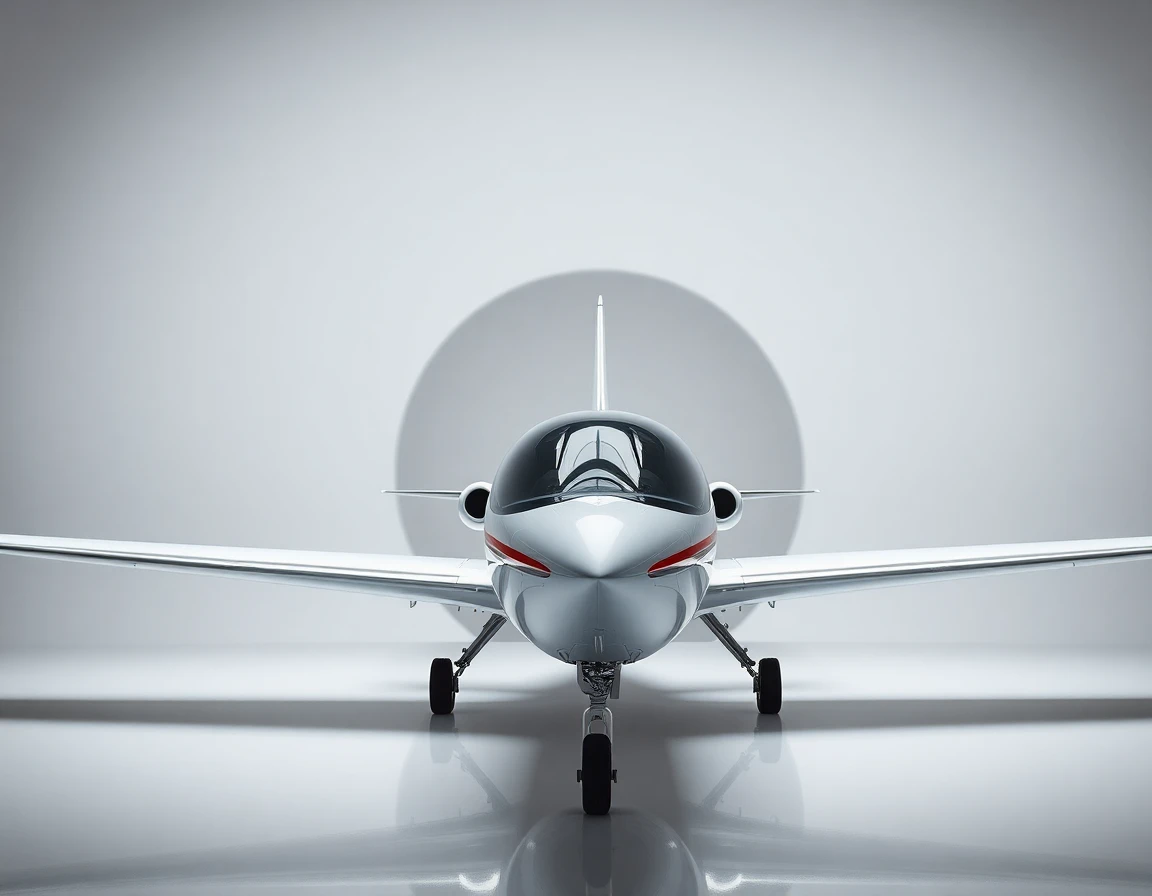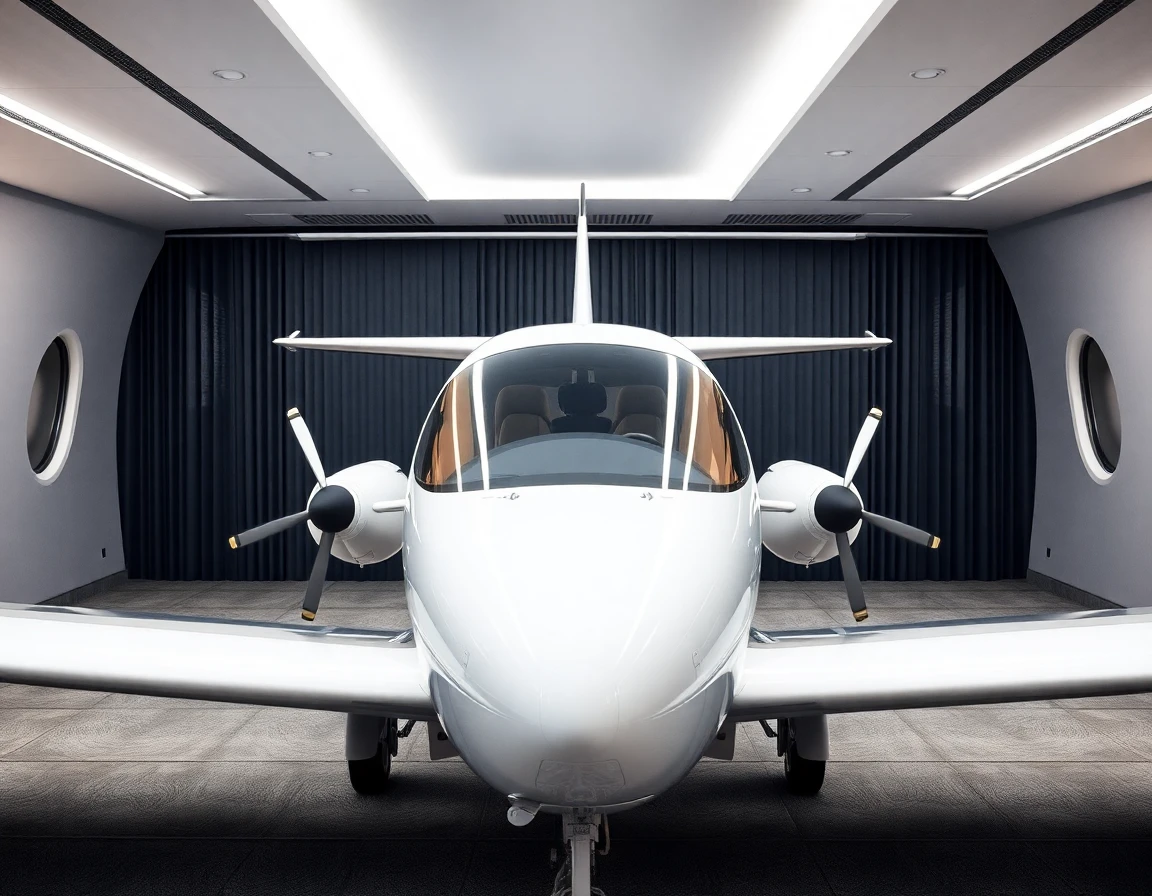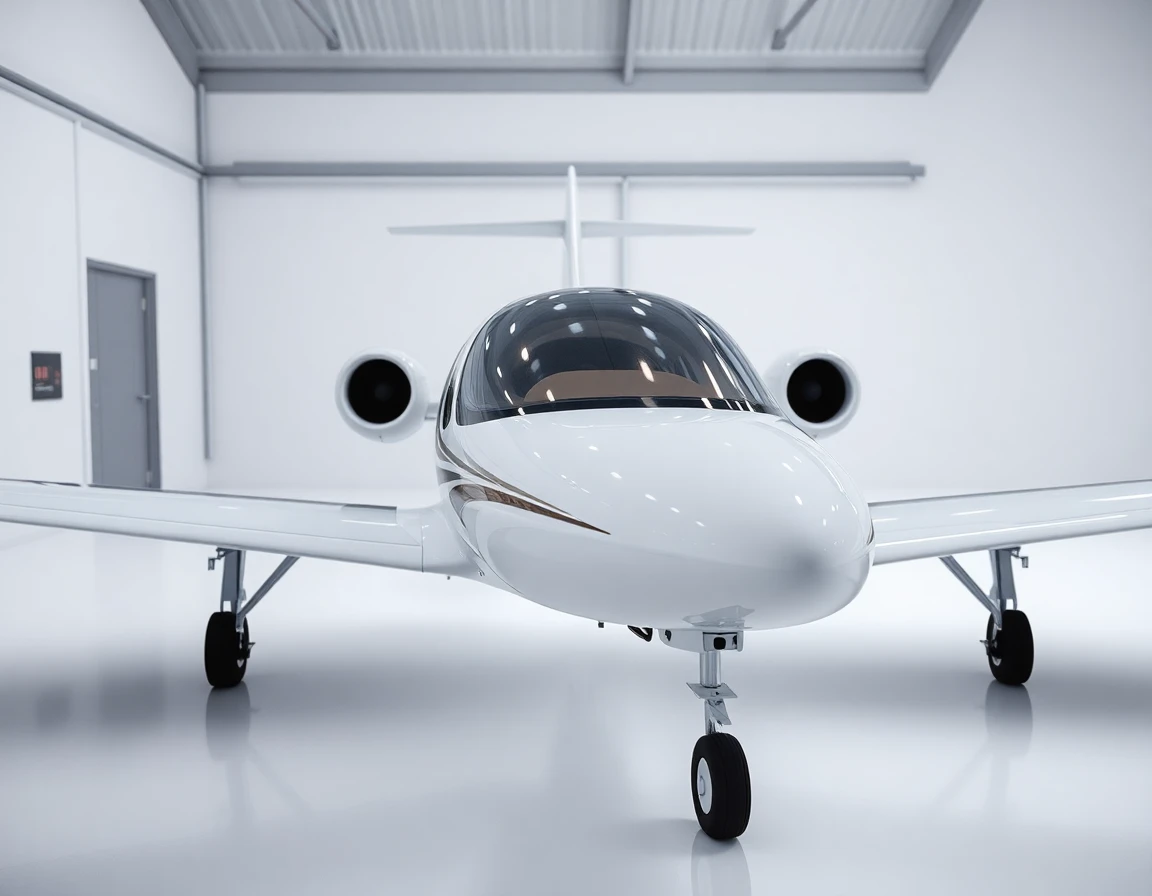The aerospace industry is on the brink of a major transformation, driven by the rapid evolution of electric aircraft. With advancements in electric propulsion technologies, both commercial and military aviation sectors are beginning to embrace these greener alternatives, promising reduced emissions and lower operating costs. This article delves into the current state of electric aircraft, their technical specifications, and the future developments that could reshape the aviation landscape.
Understanding Electric Aircraft
Electric aircraft utilize electric propulsion systems powered by batteries or hybrid systems, providing a sustainable alternative to traditional jet fuel. The transition to electric propulsion is becoming increasingly feasible due to improvements in battery technology and electric motors. Unlike conventional aircraft that rely on internal combustion engines, electric aircraft are quieter, produce fewer emissions, and require less maintenance.
Current Market Landscape
According to recent industry reports, the global electric aircraft market is expected to reach $28 billion by 2035, growing at a CAGR of 14.5% from 2023. Key players like Boeing and Airbus are investing heavily in research and development of electric aircraft, alongside innovative startups like Joby Aviation and Pipistrel, which are pioneering designs for urban air mobility.
This surge in interest is not limited to commercial aviation. Military applications are also exploring electric propulsion systems to enhance mission capabilities while reducing logistical challenges associated with fuel supply. The U.S. Air Force, for instance, is investigating electric aircraft for intelligence, surveillance, and reconnaissance (ISR) missions, aiming to improve operational efficiency.
Technical Innovations Driving Electric Aircraft
As the market for electric aircraft expands, various technological advancements are facilitating their development. Key innovations include high-capacity thermal battery systems and advanced electric actuator systems, which play crucial roles in enhancing the performance and reliability of electric aircraft.
One notable example is the high-precision compact advanced control system for aerospace applications, which provides exceptional control over flight systems. This technology is essential for achieving the precision required in electric aircraft, ensuring safety and operational effectiveness.
Battery Technology: The Heart of Electric Aircraft
Battery technology remains the cornerstone of electric aircraft development. Current electric aircraft prototypes utilize lithium-ion batteries, which, while effective, still face limitations in energy density. Researchers are exploring alternatives, such as solid-state batteries, which promise higher energy densities and faster charging times. In military applications, ultra-lightweight thermal batteries are being developed for use in ejection systems and other critical operations, enhancing the overall performance and safety of military aircraft.
Environmental Impacts and Future Developments
The potential benefits of electric aircraft extend beyond operational efficiencies; they also promise significant environmental advantages. By reducing reliance on fossil fuels, electric aircraft can help lower greenhouse gas emissions and air pollution. In densely populated urban areas, electric vertical take-off and landing (eVTOL) aircraft could revolutionize transportation, offering a cleaner solution to urban congestion.
Experts predict that by 2030, electric aircraft could reduce aviation’s carbon footprint by up to 50%. As noted by Dr. Alice Monroe, an aerospace engineer specializing in electric propulsion, “The adoption of electric aircraft is not just a trend; it’s a necessary evolution for the industry. It represents a shift towards sustainable aviation practices that will define the future of air travel.”
Challenges Ahead
Despite these advancements, several challenges remain in the widespread adoption of electric aircraft. Battery weight, charging infrastructure, and regulatory hurdles are significant barriers that the industry must address. Additionally, the development of reliable electric propulsion systems for larger commercial aircraft is still in its infancy.
However, initiatives like the European Union’s Clean Sky program and NASA’s Advanced Air Mobility Project are paving the way for collaborative efforts to tackle these challenges and accelerate the integration of electric aircraft into the aviation ecosystem.
Conclusion
The rise of electric aircraft represents a pivotal moment in the aerospace industry, merging innovation with sustainability. As technological advancements continue to unfold, the vision of a future filled with electric aircraft is becoming increasingly tangible. With the combined efforts of industry leaders and innovators, electric aircraft are poised to not only transform commercial aviation but also enhance military capabilities, ultimately reshaping the way we think about flight.
As the landscape evolves, the ongoing development of high-performance systems, such as the ZQXXSMRSS system, will be integral in supporting the operational demands of these next-generation aircraft. The future of aviation is electric, and the journey has just begun.



